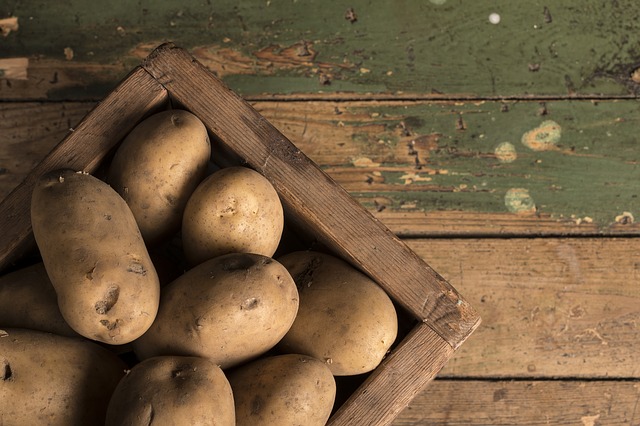You have to give our fresh potato value chain well-earned credit — when the coronavirus pandemic forced a seismic shift in potato demand fundamentals, every link in the fresh potato value chain stepped up to get product to market fast. We’ve seen a slow-down in demand from its initial mid-March peak, but fresh sales continue strongly. A limited number of Russet growers who originally planned to send their potatoes for processing have shifted to the fresh stream in hopes of moving at least some of their stored crop. More commonly, growers are shifting excess seed to the table market to help satisfy demand.
If you are considering sending your seed to grocery store shelves, keep in mind you’ll need to deliver sprout-free seed. While many fresh growers rely on chlorpropham (CIPC), there are multiple reasons seed growers shifting seed to a fresh market should look to 1,4DMN-based products instead.
First and most obviously, applying CIPC inside a seed storage building will irrevocably contaminate the structure. Studies show CIPC stays in concrete and wood floors and walls for 20 plus years.
Second, a CIPC application is unlikely to be successful inside many seed potato storages. CIPC is a particle which relies on airflow to move through the pile. In order to be effective, particles must land within millimeters of each tuber eye. Most seed storages have much less air flow than storages used for table and processing piles, significantly decreasing a CIPC application’s effectiveness. At this time of year, when a pile has settled, a well distributed CIPC application is even more difficult.
In comparison, 1,4 DMN is very forgiving. Because it goes on as a vapour and triggers genes in the tuber, it naturally distributes more easily even in the absence of airflow. And, because its action is hormonal rather than contact driven, it can be effective without proximity to the eye.
In order to maintain dormancy without contaminating your seed storage, fog your pile with 1,4 DMN. If your tubers are already beginning to peep, instead fog with 1,4 Zap (or, to burn back and extend shelf life too, use the two products simultaneously).








